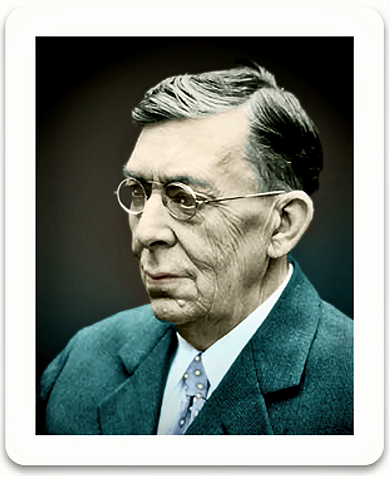 |
| William Andrew Mackay |
We’ve written and self-published (and made available free online) what is undoubtedly the most detailed account of how he became interested in camouflage, and what he accomplished during the war [see sample page below]. It arose from his interests in color and his extensive experience as an interior designer.
 |
| Page from essay on Mackay |
That said, he remains an enigma in certain respects. For example, we know that he established a somewhat underhanded school (since all ship camouflage at the time was officially required to be designed by US Navy personnel, not by civilians) for wartime ship camoufleurs at his design studio at 345 East 33rd Street in Manhattan. Over time, he worked with at least sixty students, some of whom would become the country’s finest camoufleurs. There is a partial list of those who studied with him, including some who later served under Everett L. Warner at the US Navy’s Camouflage Section in Washington DC.
We have also found a brief article from Arts News (Vol 17, 1918) with the heading Marine Camouflage Course at Columbia, which reveals that Mackay was planning to teach a course on ship camouflage at Columbia University, beginning in mid-November that year. However, the war would end just seven days before the first class meeting, so most likely the class was cancelled. Here is the text of the news article—
Columbia University announces a course in the elements of concealment and disguise as applied to ships. By arrangement with William Andrew Mackay, District Camoufleur of the Energency Fleet Corportion, and under the administration of the Department of Extension Teaching, the university will offer, beginning November 18 next, a course of instruction in marine camouflage, covering a period of twelve weeks.
This course will be open to both men and women.
Artists and mature students in various branches, painters, architects, photographers, advanced art students, poster and advertising artists, students of shipping and ship design, and others of allied qualifications, will be eligible for admission, subject to the approval of the university…
more>>